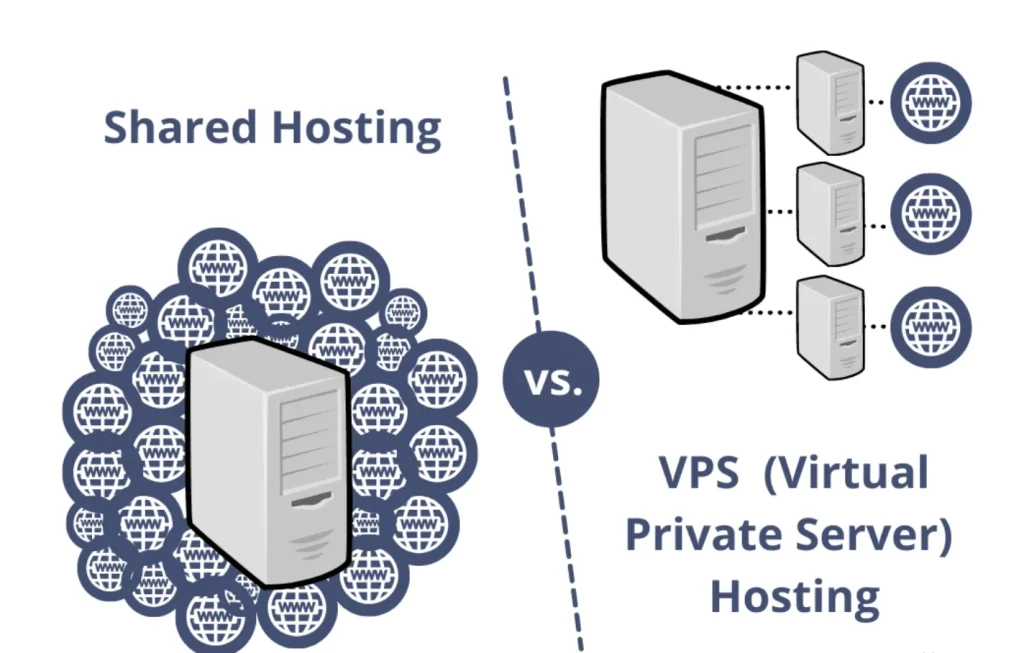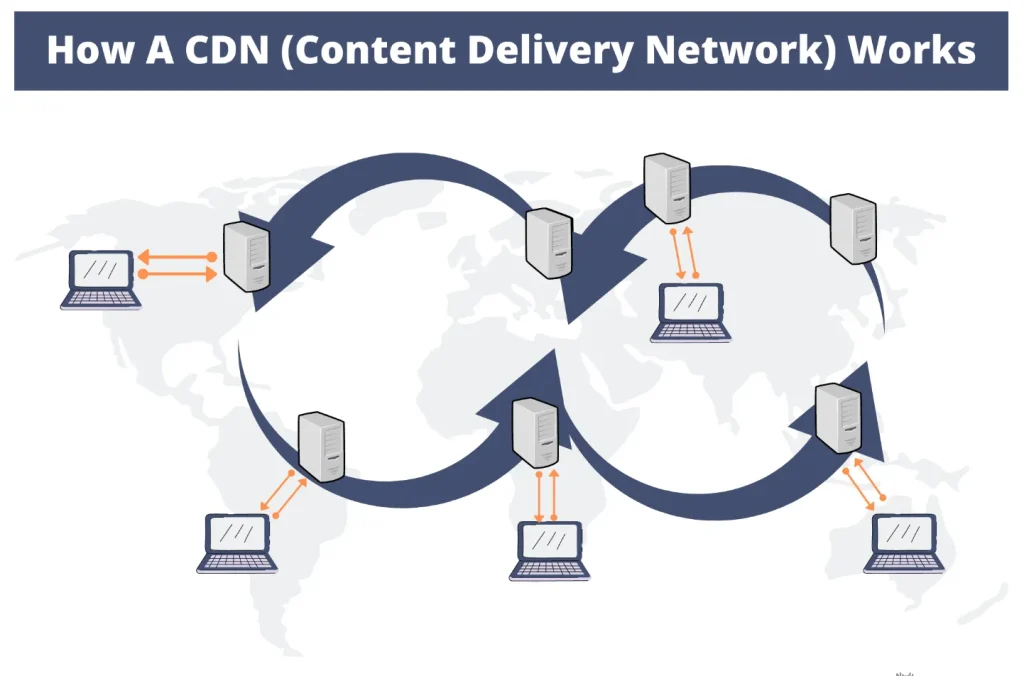A quick overview of Google’s mission to speed up the web
In 2009, Google announced its ambitious goal to “make the web faster” and encouraged website owners to optimize their sites for loading speed.
To encourage webmasters to take notice, in 2010 the company announced that loading speed would be a major factor in desktop search engine ranking algorithms. This meant that fast-loading sites would have an SEO advantage.
Six years later, in 2015, Google reported that the number of searches performed on mobile devices had surpassed those on desktop, and the trend continues to grow. According to the latest data, 61% of Google searches came from mobile devices in 2019.
This dominance of mobile search led to the launch of the Accelerated Mobile Pages (AMP) project, which is designed to encourage website owners to create simplified versions of their pages that meet strict performance standards.

Comparing responsive and AMP mobile themes.
Despite the complaints of many site owners and SEOs about having to consider page speed and AMP among 200+ other ranking factors, speed is a key aspect to focus on. In 2017, Google conducted a study that confirmed their commitment to improving web speed: “As page load time increases from 1 to 10 seconds, the likelihood of a user abandoning a mobile site increases by 123%.”
In July 2018, page speed became a ranking factor for mobile search, and today Google includes even more speed-related metrics like Core Web Vitals.
With the average human attention span shrinking and dependence on mobile devices increasing, there’s no doubt that page speed remains critical for site owners.
How to Optimize Your Site for Speed
Think Like a Racer
Winning the page speed race is the same as winning the car race: your site needs to be lightweight, powerful, and well-managed.
Using this analogy, we can simplify the methods of optimizing page loading speed.

Keep it lightweight
Modern websites have become more beautiful and functional, but unfortunately, this has also led to their increased size. Many modern websites resemble a party bus or a limousine – they are overloaded with unnecessary features, which makes them heavy and slow. On the “race track” of the Internet, such a resource will not be able to win.
To successfully participate in the race for speed, you need a “race car”. Race cars do not have unnecessary elements, such as radios or cup holders. Likewise, your site should not be loaded with complex animations, huge images, and unnecessary plugins.
To reduce the weight of the site:
Reduce the number of third-party scripts.
Switch to a lighter theme with a minimum number of fonts.
Implement AMP.
Optimize images.
Compress and minify code.
Conduct regular database optimizations.
Content management systems like WordPress have optimization plugins like WP Rocket and Imagify that can help reduce the weight of your site.

Give it more power
You wouldn’t put a golf cart engine in a race car, so why host your site on cheap shared hosting? Paying more for quality hosting may seem like a waste of money, but it’s essential to the success of your site.
Traditional shared hosting plans can host many sites on a single server, which can leave you with insufficient resources. For serious work, it’s worth upgrading to a higher-quality hosting service, such as a managed WordPress host like WP Engine or Flywheel.
If managed hosting isn’t an option for you, upgrade to a VPS (virtual private server) plan for more computing power and more control over your hosting environment.

Drive better
A lightweight, powerful race car won’t go anywhere without a skilled driver. This also applies to loading web pages. Every element of your site is a turn for the browser to navigate.
When loading a web page, the browser goes through a process of “coloring” the data. Optimizing this process can significantly speed up loading. For example, caching allows code to be compiled in advance, which reduces latency.
Different types and levels of caching can be achieved through plugins and CDNs (content delivery networks), which not only cache data, but also host it on servers around the world, minimizing loading times.

Optimize for Core Web Vitals
Finally, optimizing for the new Core Web Vitals (highest content render, first input latency, and cumulative layout drift) will greatly improve page load performance.
In Conclusion
Page speed optimization is a complex process, but it is essential for achieving high search rankings. As a site owner, you are in this race, so do everything you can to make your site a race car and not a golf cart!


